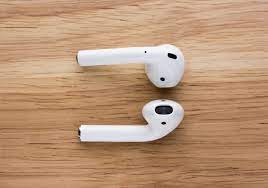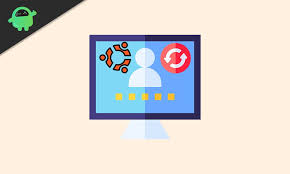Advertisement
Why the importance of technologies is getting higher in medical field
Advertisement
Advertisement
The importance of technology in the medical field has been increasing rapidly in recent years, driven by several factors, including:
- Improved Patient Care: Technology has the potential to improve patient care and outcomes by providing more accurate diagnoses, personalized treatments, and real-time monitoring of patients. For example, telemedicine and remote patient monitoring technologies allow doctors to monitor patients outside of the traditional clinical setting, improving access to care for patients in rural or remote areas.
- Increased Efficiency: Technology can help healthcare providers to streamline their operations and increase efficiency, reducing costs and improving the patient experience. Electronic medical records (EMRs) and other digital health technologies can help to improve the accuracy and accessibility of patient information, making it easier for healthcare providers to coordinate care and reduce errors.
- Innovation: Technology is driving innovation in the medical field, allowing for the development of new treatments, drugs, and medical devices. For example, 3D printing technology is being used to create customized prosthetics and implants, while robotic surgery is improving the precision and outcomes of surgical procedures.
- Research and Data Analysis: Technology is helping researchers to gather and analyze large amounts of data, which can be used to identify new trends and potential treatments. Data analytics and machine learning are also being used to improve the accuracy of medical diagnoses and treatment recommendations.
Overall, the integration of technology into the medical field has the potential to improve patient outcomes, increase efficiency, and drive innovation. As a result, the importance of technology in the medical field is likely to continue to increase in the coming years.
Advantage –
The advantages of incorporating technology in the medical field are numerous and diverse. Here are a few examples:
- Improved Patient Outcomes: By using technology to improve patient care and treatment, medical professionals can achieve better patient outcomes. For example, the use of telemedicine can help patients access care more quickly, while medical devices such as pacemakers and insulin pumps can help patients manage chronic conditions more effectively.
- Increased Efficiency: Technology can help healthcare providers to streamline their operations and increase efficiency, reducing costs and improving the patient experience. For example, the use of electronic medical records (EMRs) can help doctors and nurses access patient information more quickly and easily, reducing the risk of errors and improving patient care.
- Innovation: Technology is driving innovation in the medical field, allowing for the development of new treatments, drugs, and medical devices. For example, the use of 3D printing technology is allowing for the creation of customized implants and prosthetics, while robotic surgery is improving the precision and outcomes of surgical procedures.
- Enhanced Research: The use of technology is helping researchers to gather and analyze large amounts of data, which can be used to identify new trends and potential treatments. Data analytics and machine learning are also being used to improve the accuracy of medical diagnoses and treatment recommendations.
- Improved Access to Care: Technology is helping to improve access to care for patients, particularly those who live in remote or underserved areas. Telemedicine, for example, allows patients to consult with doctors remotely, while mobile health apps can help patients manage their health more effectively.
Disadvantage-
While the integration of technology in the medical field has many advantages, there are also some potential disadvantages to consider:
- Cost: The cost of implementing and maintaining technology in the medical field can be significant, which can be a barrier for some healthcare organizations. This may result in limited access to technology for some patients, particularly in under-resourced areas.
- Privacy and Security: The use of technology in the medical field may increase the risk of privacy breaches and data security issues. This is particularly concerning given the sensitive nature of medical information, and the potential for data breaches to have serious consequences for patients.
- Dependence on Technology: In some cases, medical professionals may become overly reliant on technology, potentially leading to a reduction in clinical skills and knowledge. For example, the use of automated diagnostic tools may result in a reduction in the development of diagnostic skills, which can negatively impact patient care.
- Technical Issues: The use of technology in the medical field may also result in technical issues, such as system failures and glitches, which can impact patient care and outcomes. This can be particularly problematic in emergency situations, where a quick response is essential.
- Disparities in Access: While technology has the potential to improve access to care for patients, it can also create disparities in access to care, particularly for patients who are not comfortable using technology or who do not have access to the necessary devices or internet connections.
Conclusion
In conclusion, technology is playing an increasingly important role in the medical field, with many advantages for patients and healthcare providers. The use of technology can improve patient outcomes, increase efficiency, drive innovation, enhance research, and improve access to care. However, there are also potential disadvantages to consider, such as the cost of implementation and maintenance, privacy and security concerns, potential overreliance on technology, technical issues, and disparities in access to care. Overall, it is important to weigh the advantages and disadvantages of technology in the medical field, and to work to ensure that technology is used in a way that maximizes its benefits while minimizing its risks. With careful consideration and planning, the incorporation of technology in the medical field can continue to drive progress and improve patient outcomes in the years to come.




